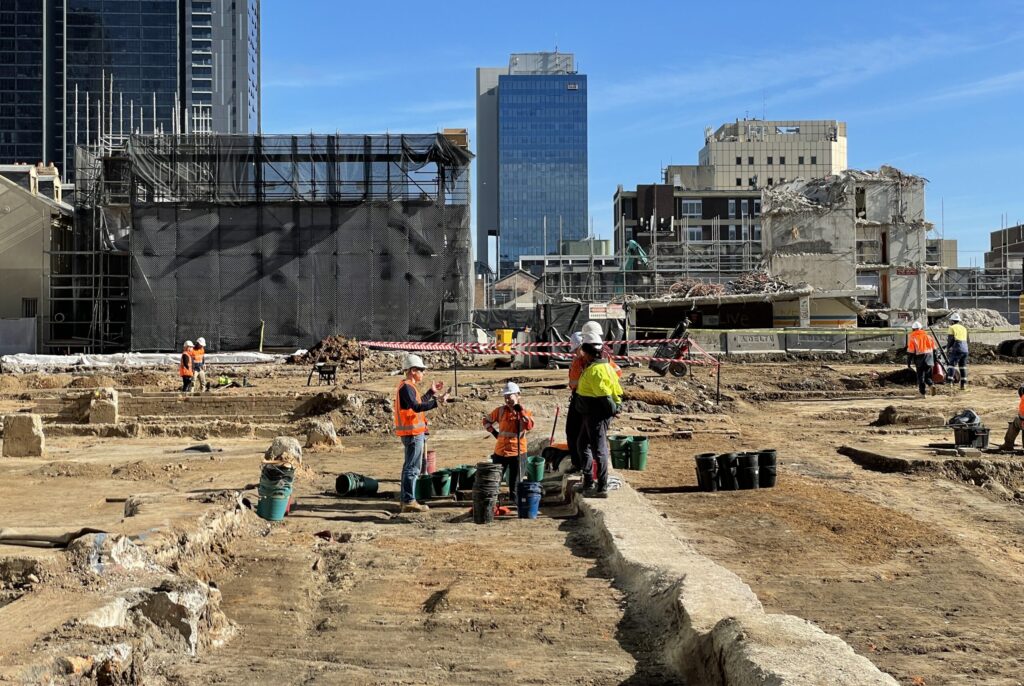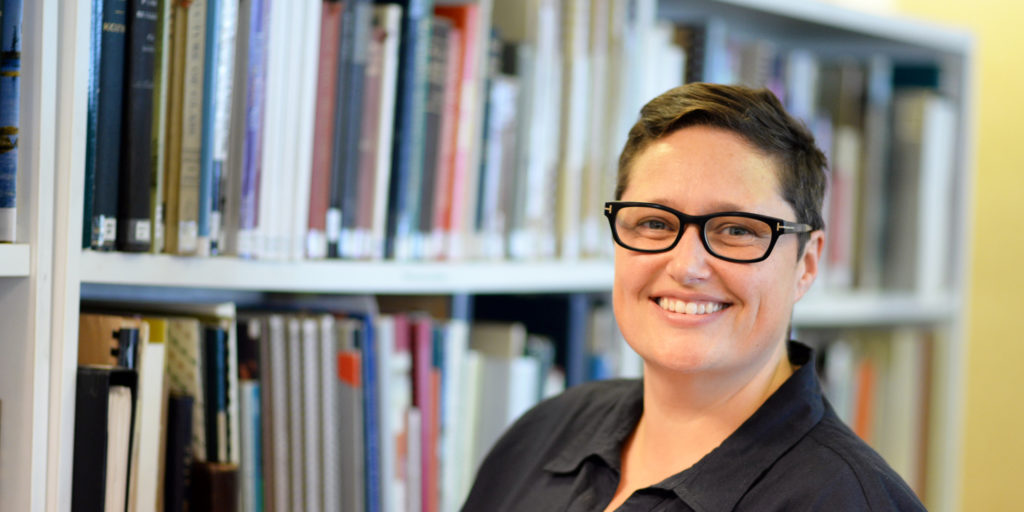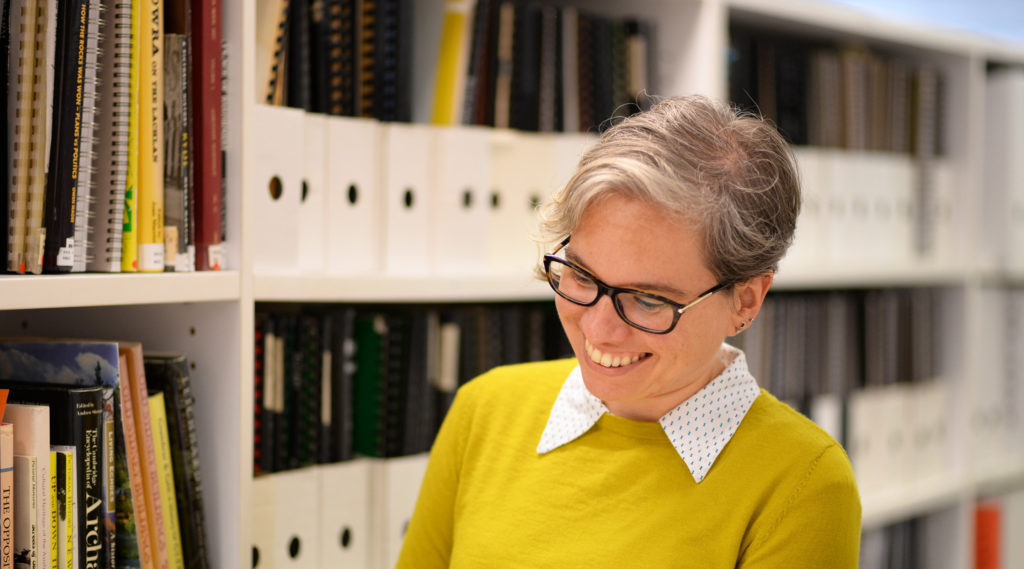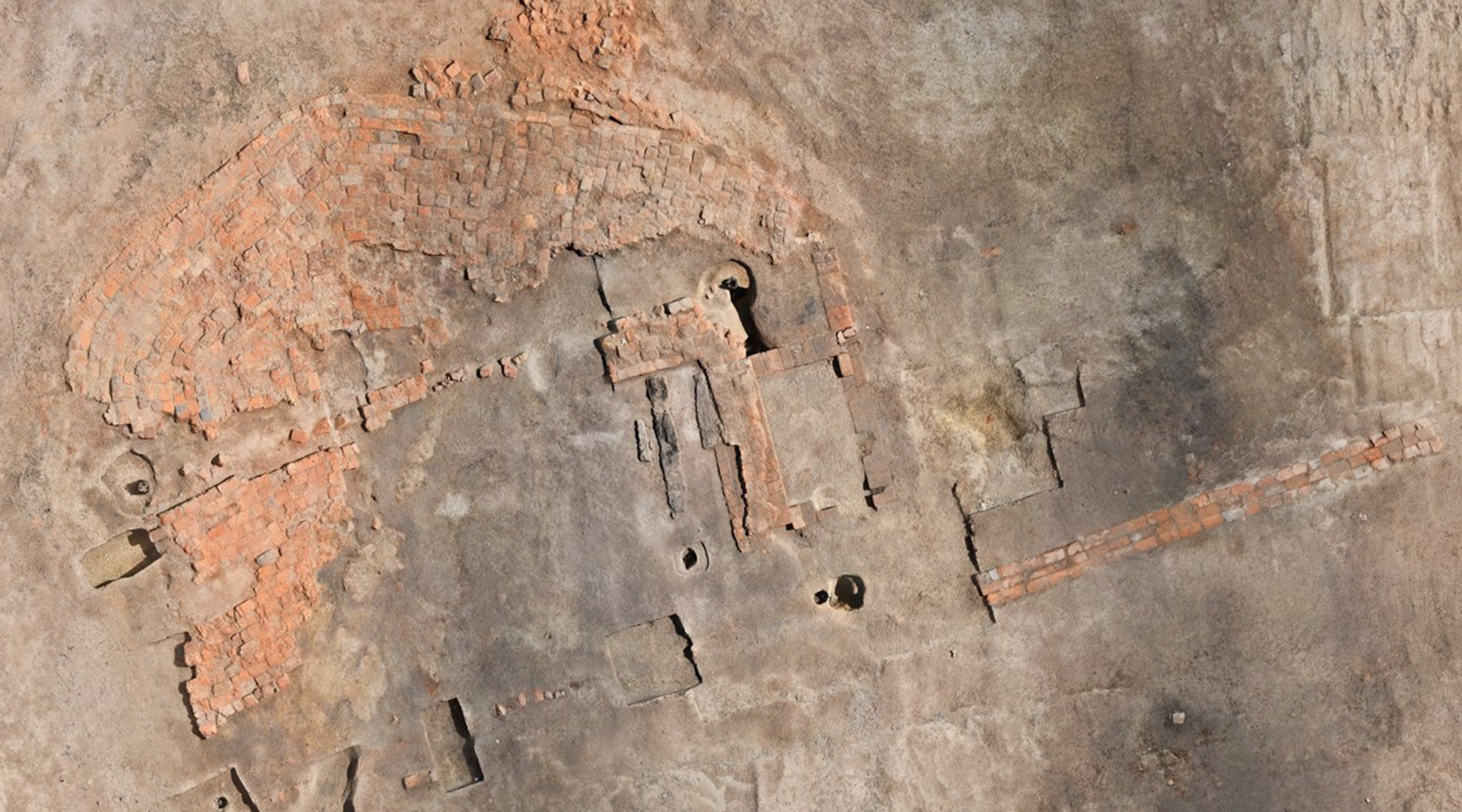
Excavation at Former Schofields Aerodrome
Archaeological Excavations
Defence Housing Australia
Schofields, NSW
Dharug Country
GML was engaged by Defence Housing Australia to conduct historical archaeological excavations at the former Schofields Aerodrome.
Defence Housing Australia’s (DHA) new Akuna Vista residential development is currently under construction at the site of the former Schofields Aerodrome in Schofields, NSW. GML completed historical archaeological excavations to mitigate the impacts of development on three sites associated with the c1820 homestead of the Pye family.
The Schofields Aerodrome was established as an airfield by the Royal Australian Air Force in World War II and remained in use until it was decommissioned in 1994. Prior to establishment of the Aerodrome, the site comprised part of a large homestead established by Joseph Pye, son of emancipated convict John Pye, in 1816. The Pye family occupied the site until 1938.
These investigations focused on three sites depicted in a plan showing the property in 1842:
- Cottage Site—a rural nineteenth-century cottage with evidence of brickmaking;
- Orchard Site—a purposefully planted orchard landscape with potential contact period archaeology providing evidence of early interactions between the Pye family and local Aboriginal groups; and
- Homestead Site—the site of the ‘Waawaar Awaa’ homestead established by the Pye family by 1825, with remaining evidence of outbuildings and landscape modifications.
Historical archaeological remains recovered at the former Schofields Aerodrome provide rich evidence associated with rural industry, early colonial lifeways, interaction between Aboriginal groups and European settlers, early modifications to the natural landscape and military use of the site.
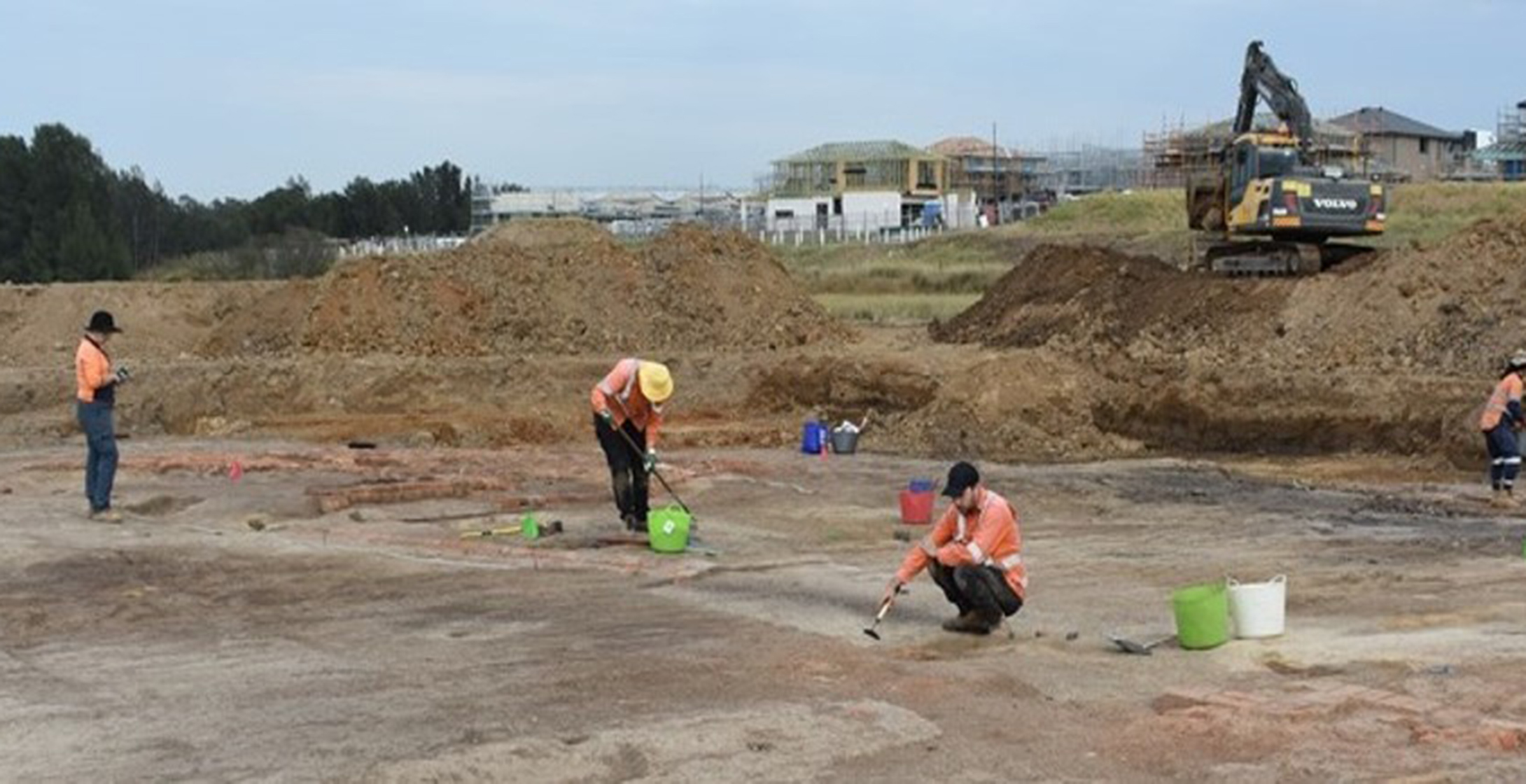
GML’s excavation report won the Judy Birmingham Award for Best Historical Archaeology Heritage Report at the Australian Society for Historical Archaeology (ASHA) Awards in 2020.
The judges commented that, “The report is an innovative example of a public-facing outcome of archaeological research, using excellent graphic design, contemporary and archival photography to effectively communicate archaeological information for a non-specialist audience”.

J.J. Pye on a horse with a bull in a cattle yard on his zebu farm, Schofield. (Source: SLNSW)

Heavy artillery shells found at Waawaar Awaa
